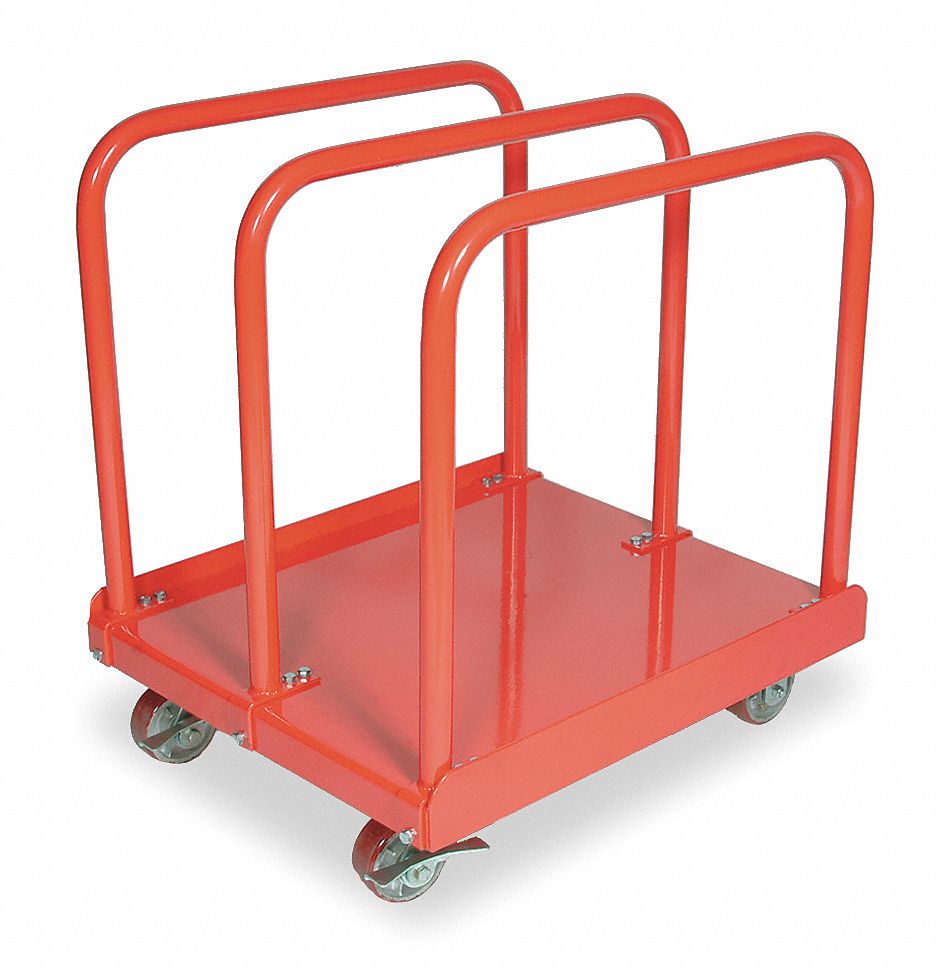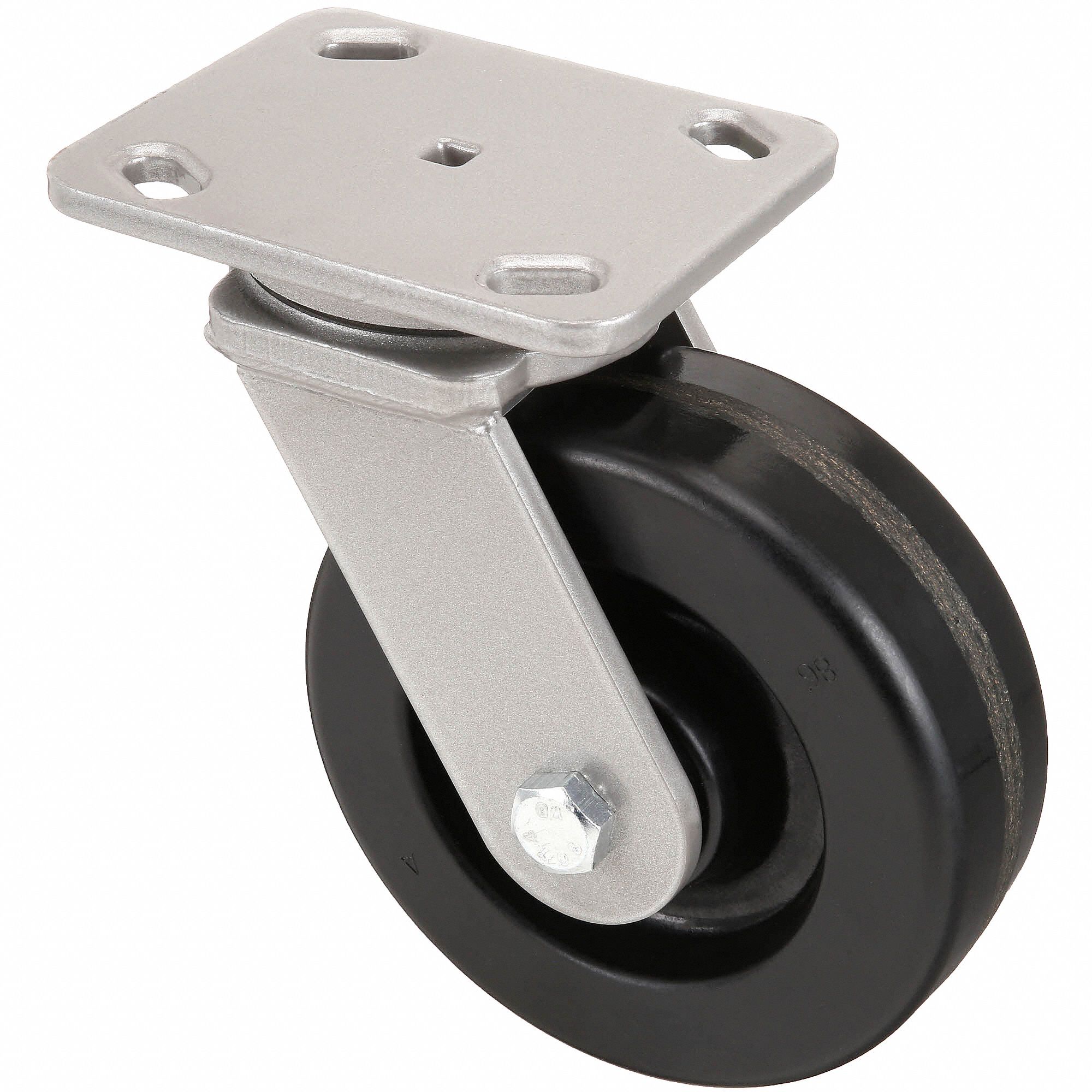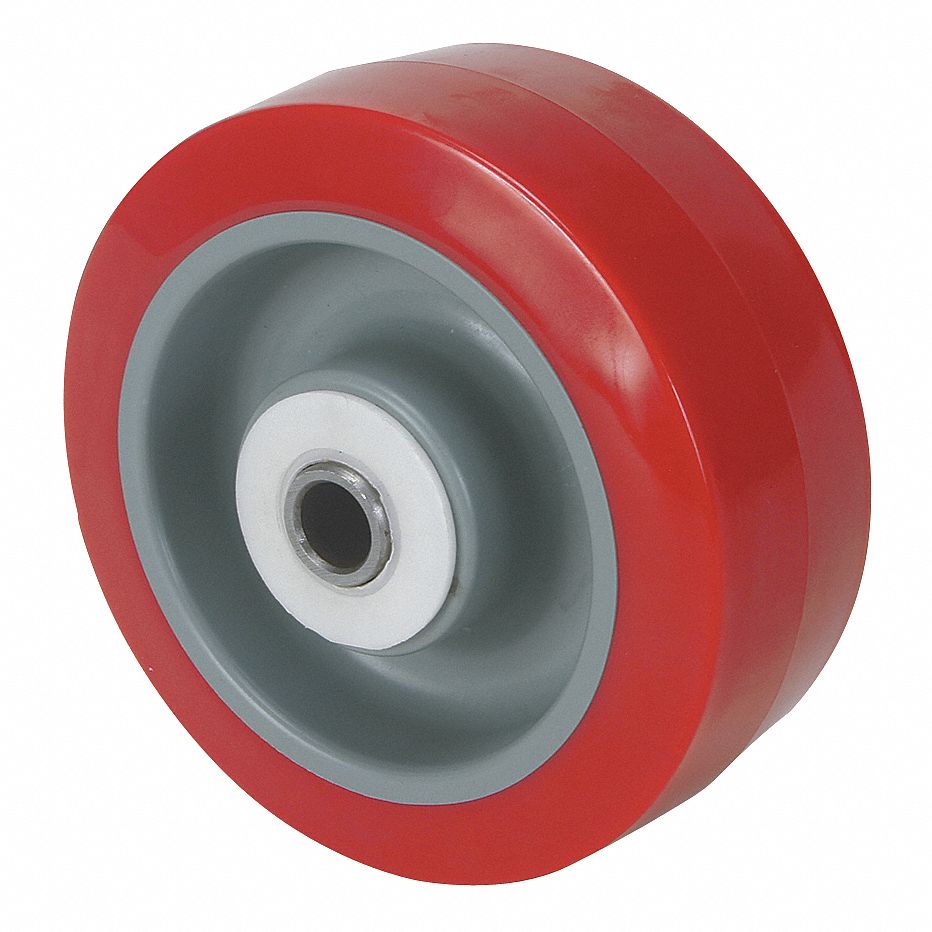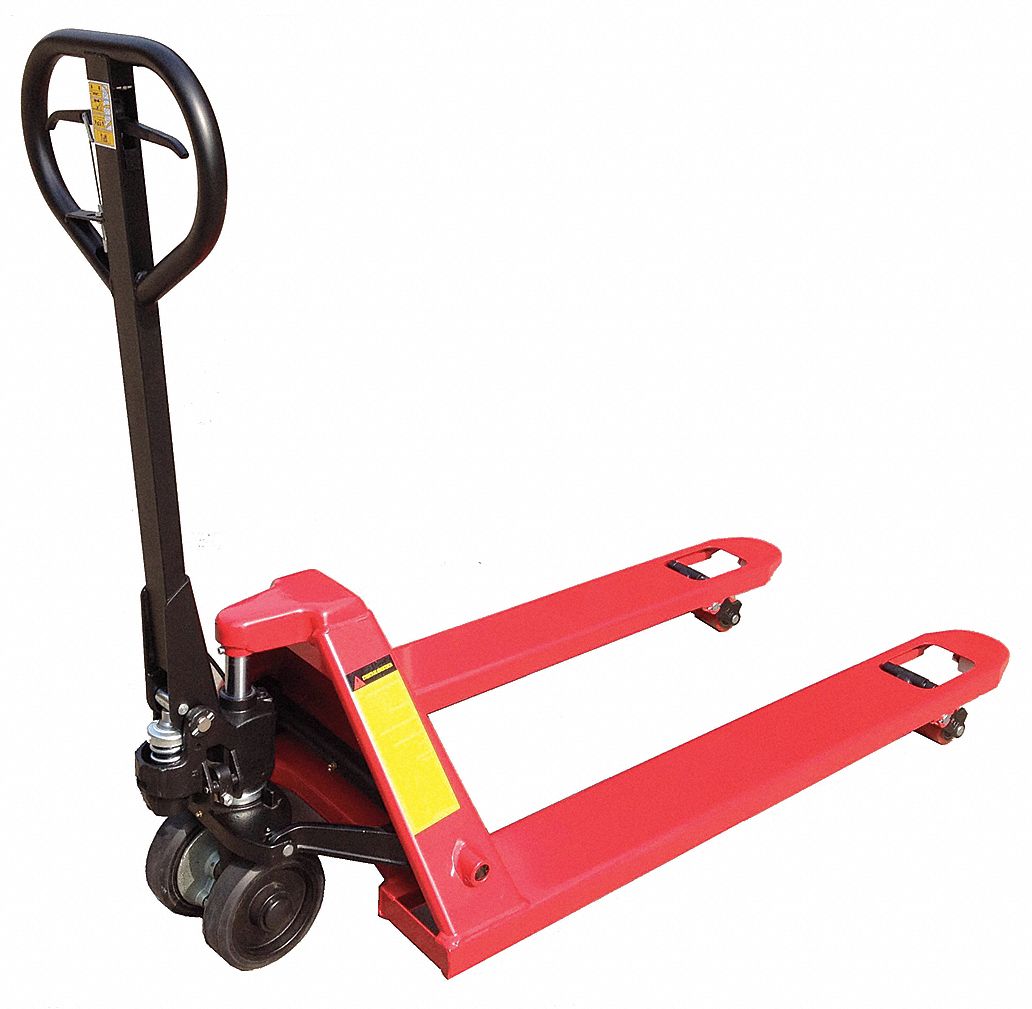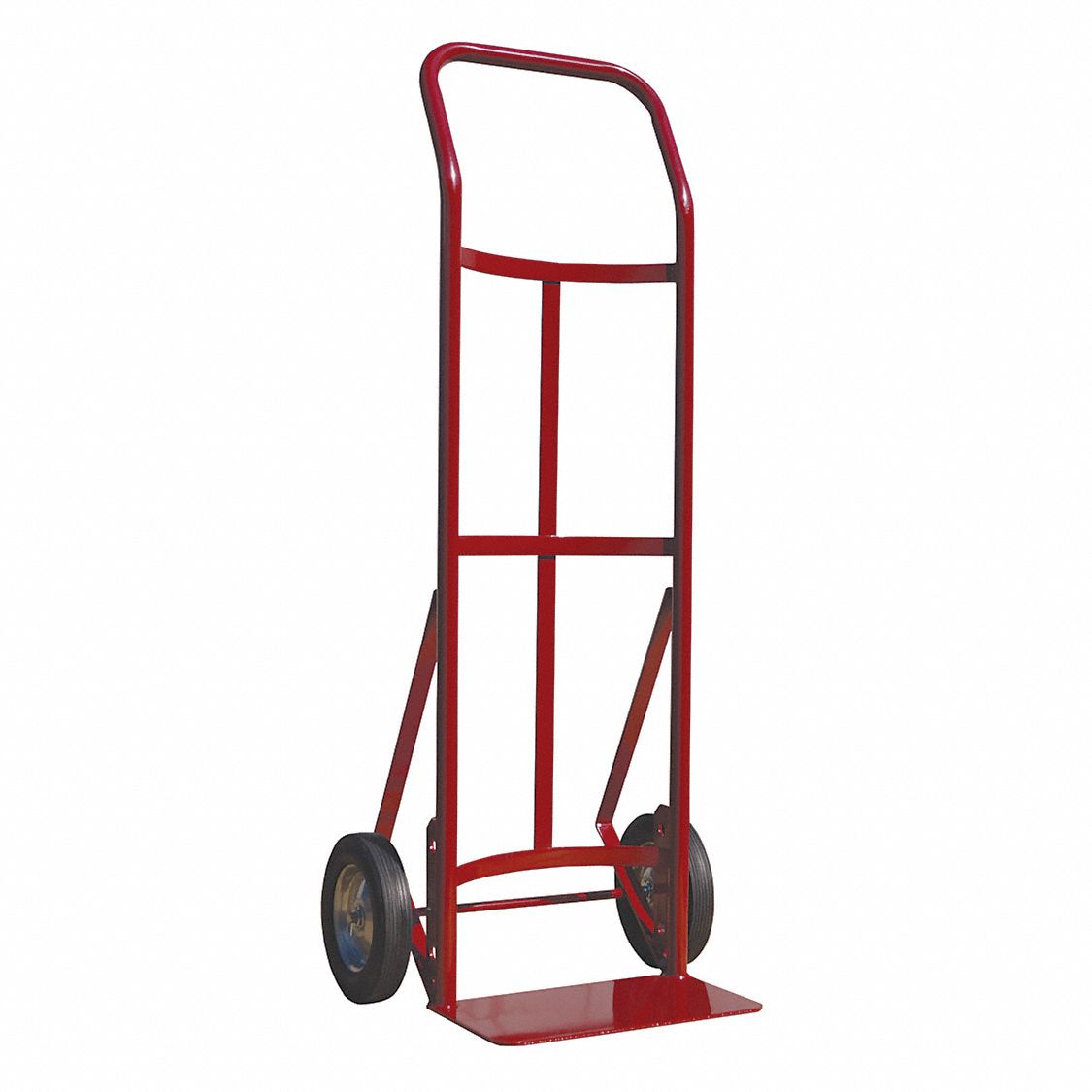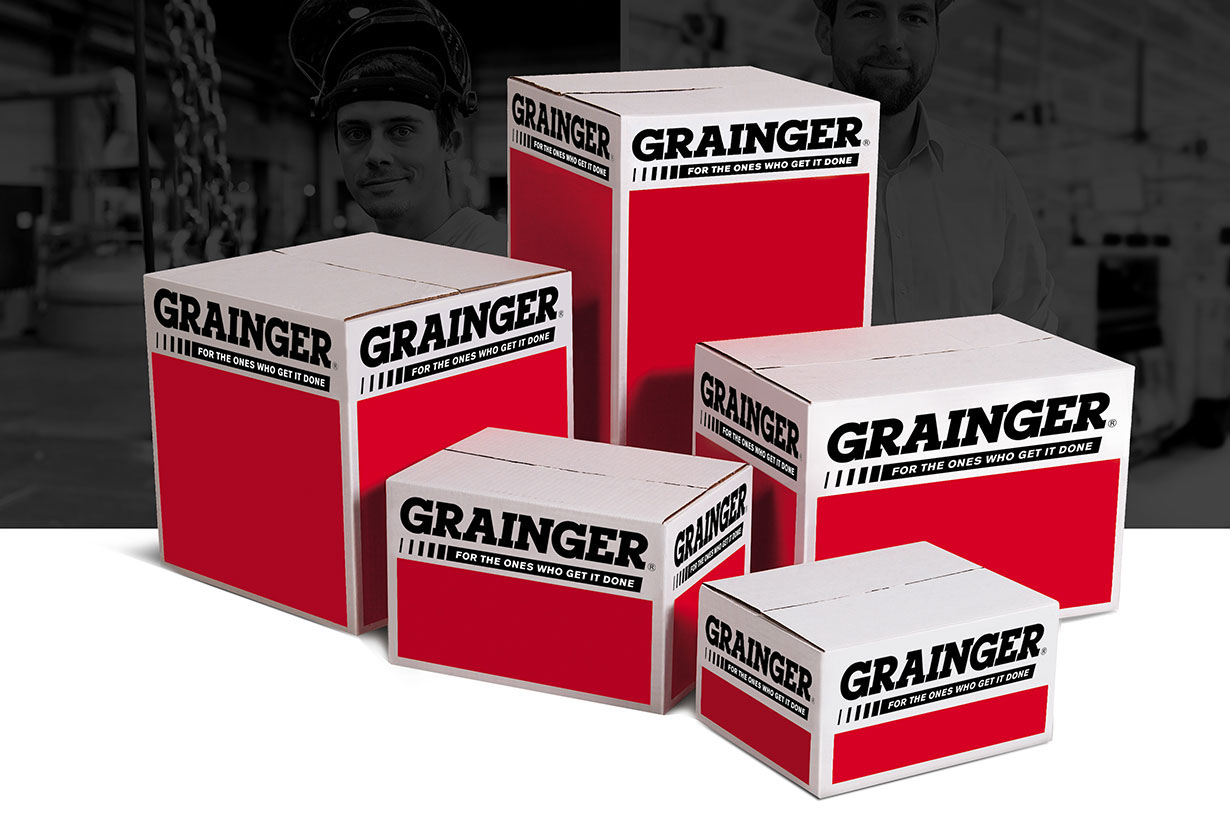

Utility Cart Guide: Metal, Plastic, Wire
By Grainger Editorial Staff 2/24/21
Metal and plastic utility carts are useful for organizing, storing and moving things around almost every kind of work environment, including:
- Warehouses and stockrooms
- Shipping and receiving areas
- Tool cribs and production areas
- Offices and mailrooms
- Restaurants, cafeterias, kitchens and walk-in refrigerators and freezers
- Hospitals and other healthcare settings
- Retail spaces
Whether you're looking for a versatile utility cart that can be adapted for many functions, or a special-purpose cart designed for one specific use, you can start finding the best utility cart for your needs by thinking of some basic questions:
Metal, Plastic or Wire?
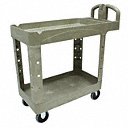 Plastic Carts |
Plastic utility carts are lighter than metal carts. Unlike metal, the thermoplastic that these carts are made from (usually polypropylene) is difficult to dent and doesn't corrode or rust. Plastic utility carts commonly have maximum load ratings between 200 pounds and 500 pounds, although a few manufacturers offer heavy duty plastic carts with slightly higher load capacities. |
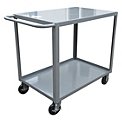 Metal Carts |
Metal utility carts are rugged and durable. Many of them have load capacities that far exceed what any plastic cart can handle, with some metal carts able to support up to 5,000 pounds. |
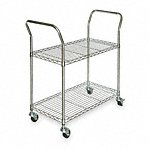 Wire Carts |
Wire utility carts have shelves that are easier to keep clean because dust and debris can pass through them. Some wire-shelf carts are nestable or can be folded away. Wire carts are available with angled shelves or adjustable-angle shelves. Basket carts have deeper, basket-like wire shelves. Wire carts are also available with bars for hanging clothing or other items. |
How Many Shelves?
 Two Shelves |
The two-shelf cart is a versatile design that allows the lower shelf to accommodate relatively tall things. |
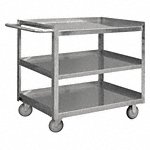 Three or More Shelves |
With more shelves, utility carts can more easily hold a higher density of shorter things, but they can less easily accommodate tall things on their lower shelves. |
What Kind of Rim or Lip Do You Need on the Shelves?
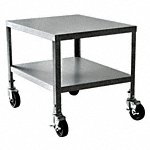 Flush Shelves |
A flush shelf has no barrier around its edges. You can more easily slide heavy things onto and off of flush shelves, and flush shelves are easier to use as work surfaces. |
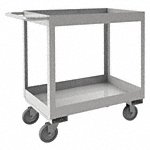 Lipped Shelves and Deep-Lipped Shelves |
A lipped shelf has a rim or barrier at its edges, which helps prevent things from rolling or sliding off the cart. A deep-lipped shelf is surrounded by a taller rim and is often used for bulk products and things that are tall or irregularly shaped. |
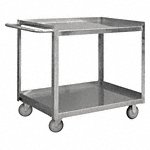 Three-Sided Lipped Shelves (One Side Flush) |
A shelf that has one flush side and three lipped sides allows for easier loading of heavy things than a fully lipped shelf, and it's better at preventing things from rolling or sliding off than a fully flush shelf. |
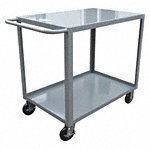 Combinations of Flush and Lipped Shelves |
Some carts have one fully flush shelf onto which heavy things can more easily be loaded, along with another lipped or partially lipped shelf that helps prevent the things on it from rolling or sliding off. |
Do You Need a Special-Purpose Cart?
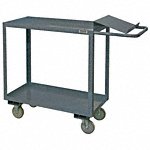 Order-Picking Carts |
These carts have a writing shelf to facilitate inventory or picking tasks. Many of these carts also have a sloped pocket for holding documents. |
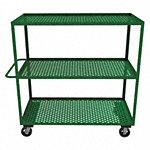 Flow-Through Garden Carts |
These carts have lipped shelves with small holes or perforations that allow water and dirt to fall through. |
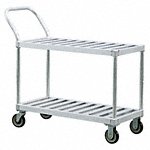 Flow-Through Carts with Slotted Shelves |
These carts have flush shelves with large slots that allow moisture and debris to pass through, making them suitable for grocery store stockrooms, laboratories, medical facilities and similar working environments. |
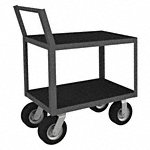 Instrument Carts |
These carts are designed to help protect sensitive medical or testing equipment from excessive shocks and vibration. They often use pneumatic or semi-pneumatic wheels to absorb shocks, and they often include cushioned shelf-matting that absorbs vibration and helps prevent equipment from sliding on the cart. |
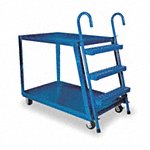 Ladder Carts |
These carts have an integrated ladder that allows stock pickers to reach high areas in warehouses and stockrooms. |
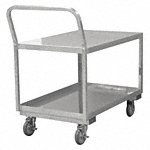 Low Profile Carts |
The top shelf on these carts is lower than on other carts, which makes it easier to load and unload heavy items and provides more stability. |
Do You Need a Really Specialized Cart?
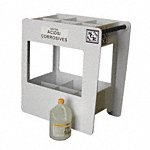 Chemical-Transport Cart |
These carts are made from chemical-resistant plastic and have deep compartments to help keep chemical bottles stable and contain any spills. |
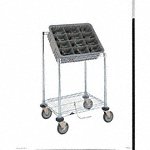 Static-Control Cart |
These wire carts are used in facilities that perform electronics assembly, repair, or manufacturing. |
Do You Need Other Special Features?
There are many other features that can make utility carts more useful for special purposes, including:
- Electrical outlets: Carts with power outlets can be used for audio visual equipment, kitchen equipment, point-of-sale systems and other electronic devices.
- Corrosion-resistant stainless Steel and aluminum: Carts made from stainless steel or aluminum resist rusting, even when subject to frequent washdown, wet conditions or corrosive materials.
- Easy access: Unlike traditional utility carts, which have support posts at each corner, easy access carts have fewer support posts, making it easier load and unload the bottom shelf without obstruction.
- Antimicrobial plastic: Antimicrobial plastic is treated to help prevent bacteria, mold and mildew, making carts suitable for food service and healthcare uses.
- Reconfigurable design: Some plastic carts have reconfigurable designs, including features like gates that can snap up and down, adjustable writing surfaces, and storage hooks and slots.
Do You Need an Ergonomic Handle?
The simplest and most common handle design for utility carts is a flat, straight handle that extends from one of the cart's shelves (usually the top shelf).
Ergonomic handles have features that can help reduce muscle and joint strain for people moving the cart. The features of ergonomic handles can include:
- Rounded grip areas
- Grip areas that can be grasped at a range of heights
- Curved or angled grip areas that make it easier to turn the cart
Carts with ergonomic handles can help reduce the musculoskeletal strain for people working with them. Learn more about good ergonomic practices for moving utility carts.
What Caster/Wheel Configuration Do You Need?
A caster is the assembly that connects a wheel to a utility cart. There are two basic kinds of caster:
- Rigid casters, with wheels that can roll forward and backward only
- Swivel casters, with wheels that can swivel 360 degrees, in addition to rolling forward and backward
The most common configuration for a utility cart is one parallel pair of rigid casters and one parallel pair of swivel casters. This combination allows for easy turning as well as straight-line travel.
There are many other factors to consider when choosing casters, including wheel size and material. Learn more about casters, wheels and caster configurations.
![]()
The information contained in this article is intended for general information purposes only and is based on information available as of the initial date of publication. No representation is made that the information or references are complete or remain current. This article is not a substitute for review of current applicable government regulations, industry standards, or other standards specific to your business and/or activities and should not be construed as legal advice or opinion. Readers with specific questions should refer to the applicable standards or consult with an attorney.

